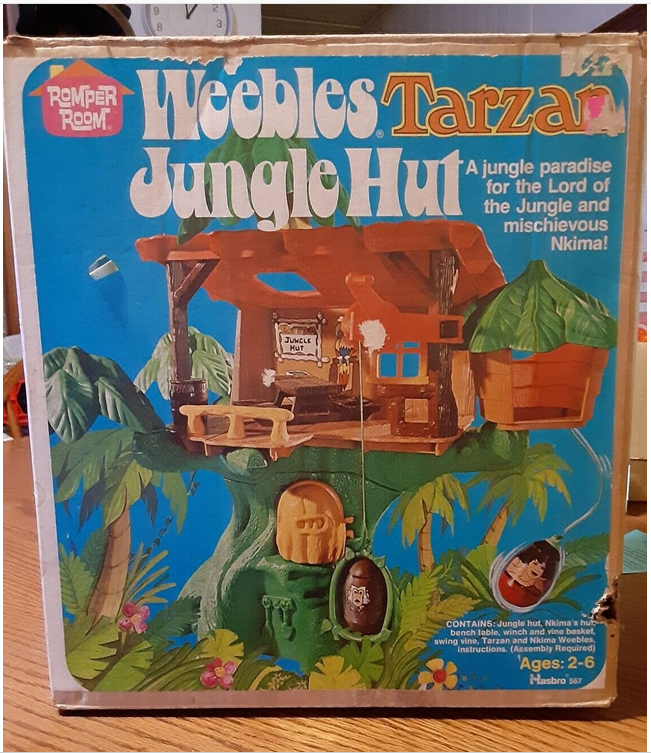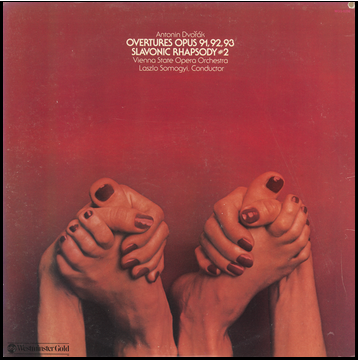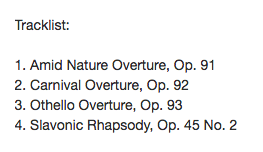1970s
Myles Jackson, “Varsity Cheer”
Firesign Theater had few imitators. Here's one.I cannot learn anything about the creator. Perhaps a pseudonym?
Posted By: Paul - Wed Apr 12, 2023 -
Comments (4)
Category: History, Humor, Parody, 1970s
Weebles
Certainly one of the weirder toys that ever became popular. No distinguishing attraction other than wobbliness.
"You Jane, me Weeble!"
Posted By: Paul - Tue Apr 11, 2023 -
Comments (2)
Category: Television, Toys, Advertising, 1970s
Oh Great, Now What?
Artists Paul Velick and Francis Shishim joined forces in 1975 to create the personae of "Bob & Bob." As Bob & Bob they engaged in performances such as the following:Text from Source book of California performance art.
I'm surprised the restaurants only threw them out. I figured an expensive restaurant would report you to the police, at the very least.

image source: BobandBob.net
Posted By: Alex - Thu Mar 30, 2023 -
Comments (2)
Category: Restaurants, Performance Art, 1970s
Follies of the Madmen #560
Posted By: Paul - Wed Mar 29, 2023 -
Comments (1)
Category: Anthropomorphism, Body, Cryptozoology, Health, Advertising, 1960s, 1970s
Viva Les Crepes
Released in 1971, this album taught you how to cook crepes. Unfortunately I can't find any audio clips of it online. From the album cover:
Some more info from the Louisville Courier-Journal (Dec 27, 1978):

Posted By: Alex - Wed Mar 22, 2023 -
Comments (0)
Category: Food, Cookbooks, 1970s
Worst. Classical Music Album Cover. Ever?
This is exactly the mental image conjured up in my brain by the songs listed below.

Posted By: Paul - Fri Mar 17, 2023 -
Comments (7)
Category: Confusion, Misunderstanding, and Incomprehension, Music, Vinyl Albums and Other Media Recordings, 1970s
Tax on intercourse
1971: Rhode Island legislator Bernard C. Gladstone proposed that every male "over the age of puberty" would be taxed $2 for every act of intercourse they engaged in. However, "only acts of sexual intercourse occurring in Rhode Island, either by residents or tourists, could be taxed."
Lewiston Evening Journal - Jan 9, 1971
Posted By: Alex - Wed Mar 15, 2023 -
Comments (7)
Category: Government, Sexuality, 1970s
Follies of the Madmen #558
The trouble with the culture nowadays is that angst-ridden teenagers do not have enough access to their friendly neighborhood drugstore owners.
Posted By: Paul - Wed Mar 08, 2023 -
Comments (3)
Category: Hygiene, Advertising, Teenagers, 1970s
Select-A-Size Mirror
The Select-A-Size mirror, invented by Milton Doolittle, had a knob you could turn to make yourself look slimmer or fatter. As explained in the 1976 Canadian patent:

Palm Beach Post - Mar 20, 1983
Posted By: Alex - Thu Mar 02, 2023 -
Comments (4)
Category: Patents, 1970s, Dieting and Weight Loss
United Airlines’ “Snowbird Flights”
It's still skiing season! Grab one of these package deals!"Our Snowbird Toddy makes him feel at home, as it warms the cockles of his heart."

Posted By: Paul - Mon Feb 27, 2023 -
Comments (0)
Category: Skating, Sledding, Skiing and Other Wintertime Pursuits, Advertising, Air Travel and Airlines, 1970s

| Who We Are |
|---|
| Alex Boese Alex is the creator and curator of the Museum of Hoaxes. He's also the author of various weird, non-fiction, science-themed books such as Elephants on Acid and Psychedelic Apes. Paul Di Filippo Paul has been paid to put weird ideas into fictional form for over thirty years, in his career as a noted science fiction writer. He has recently begun blogging on many curious topics with three fellow writers at The Inferior 4+1. Contact Us |




